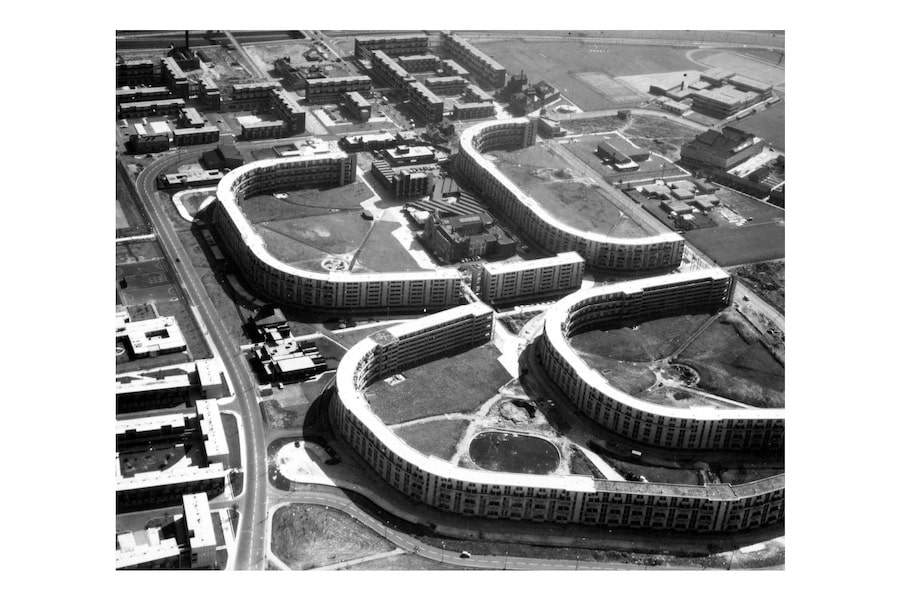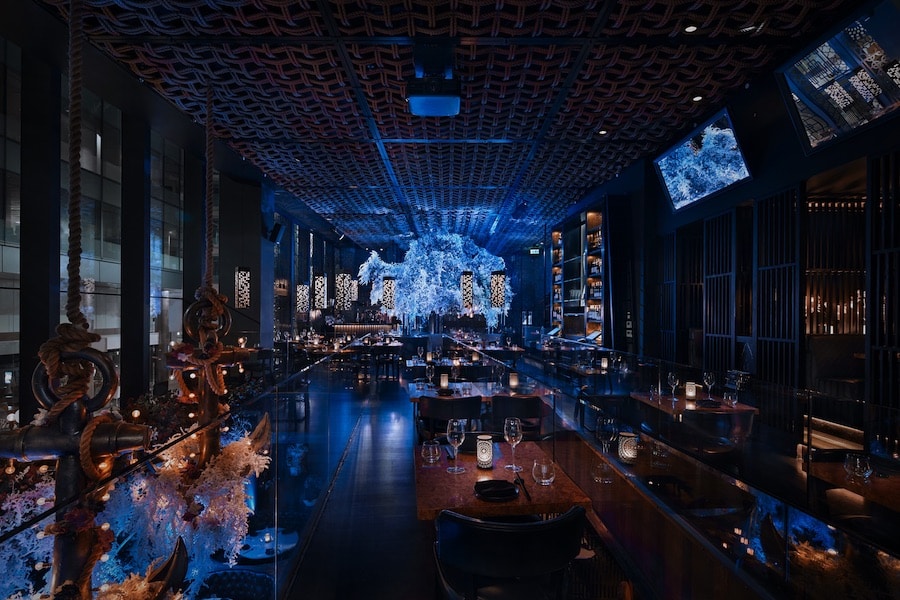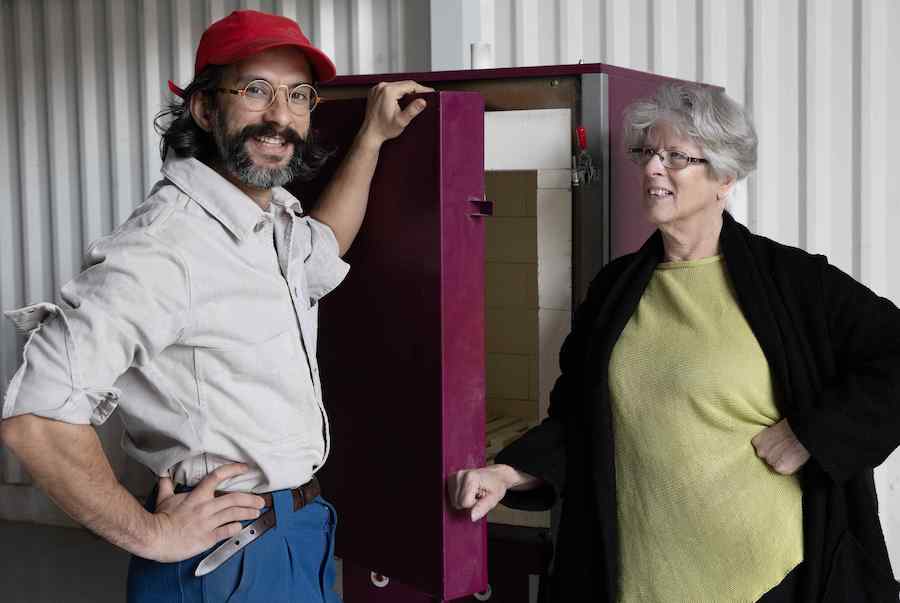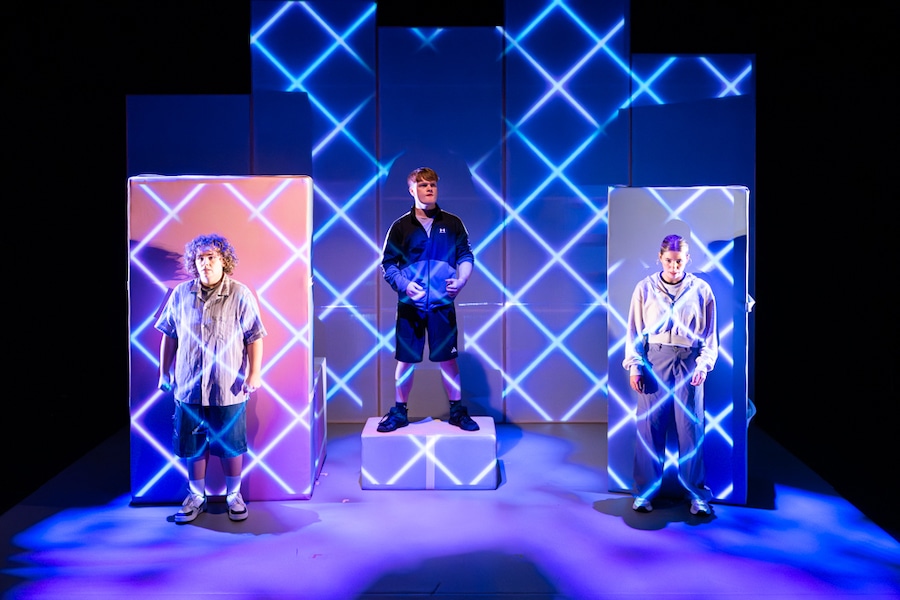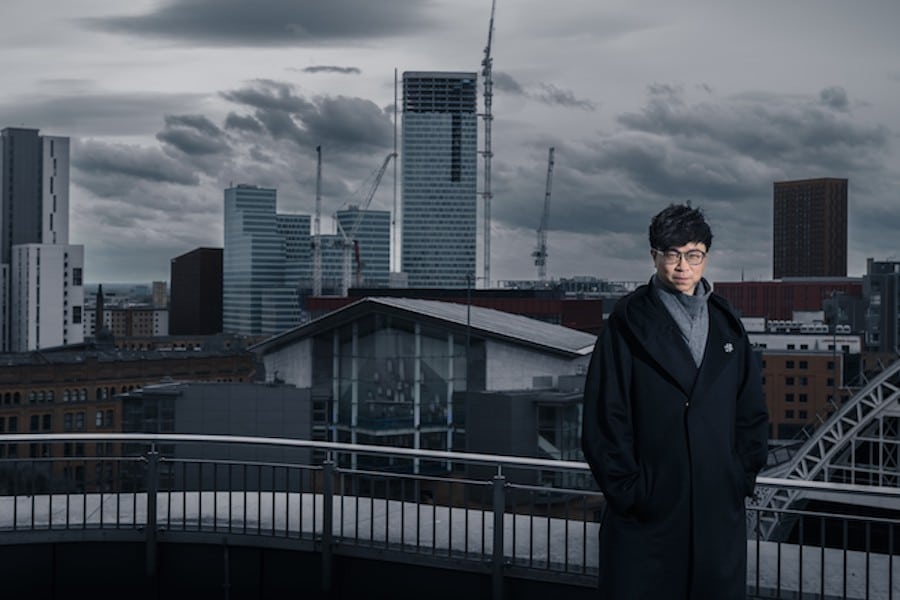The attempted assassination of Andy Warhol by the playwright Valerie Solanas
- Written by Emily Oldfield
- Last updated 8 years ago
- Art & Design, Culture
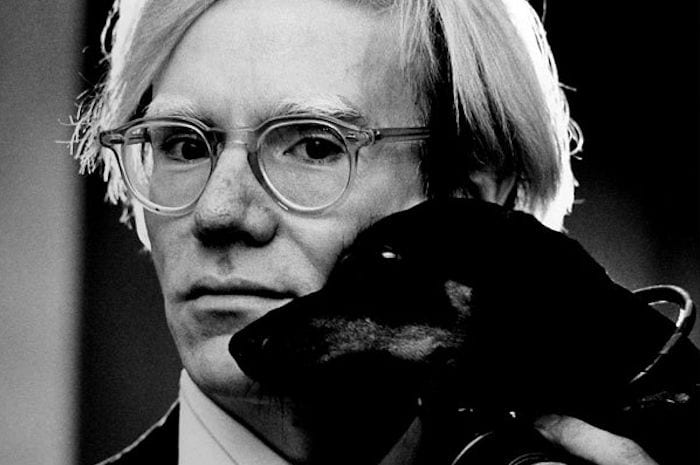
Andy Warhol is one of the most iconic figures in the art world. Instrumental in the growth of pop art and celebrity culture in the 1960s, he is probably best known for his Marilyn Monroe and Campbell’s tomato soup coloured prints.
He is typically associated with the colour and creativity of celebrity culture, reportedly coining the phrase ‘fifteen minutes of fame’ and famous for his New York Studios nicknamed The Factory, home to artistic innovation, sexual radicals and music.
What you may not know is that on 3 June 1968 he was shot and pronounced dead – and it took open-heart massage to bring him back to life. A new exhibition at The Whitworth Gallery uncovers how he was influenced by this dark event.
In Artist Rooms: Andy Warhol, the famous artist is revealed in a whole new way. A photograph of Warhol’s of his scarred and injured torso, taken by Richard Avendon and unseen by many, is a recurring feature, as well as a number of pieces of work from the artist looking back on his life, including the assassination attempt by Valerie Solanas which left him critically injured.
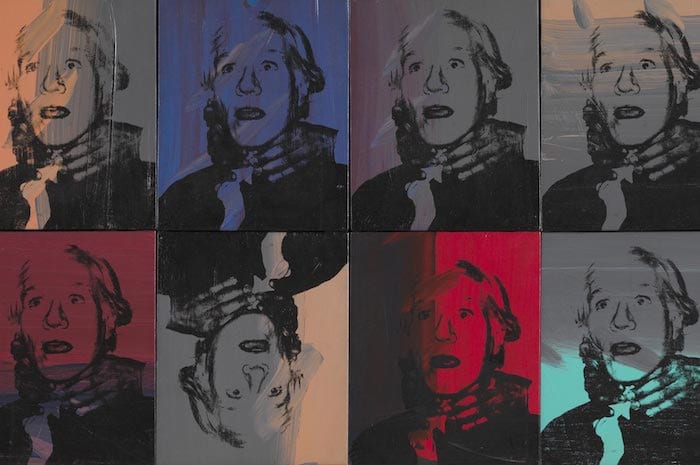
Solanas was a radical feminist and playwright who had reportedly been turned away by Warhol’s team earlier in the day, after asking for a script that she had given to the artist to be returned.
Warhol’s interaction with the world around him had to change profoundly following the attack. He was significantly physically affected and required to wear a surgical corset which, in turn, affected his creativity.
Warhol’s own pieces, including key works from The Tate and National Galleries of Scotland, explore identity, politics and the closeness of death – something he knew more than most. They suggest that Warhol felt death had a significant presence in his life and art. After all, it was in his own studio that he was shot, along with Mario Amaya, a critic and art curator.
Prepare to be shocked by other works including his Self-Portrait Strangulation (1978), Self Portrait With Skull and even an image of him as Frankenstein’s monster. We see an even darker edge with pieces such as The Electric Chair Series (1971).
Warhol was not just an artist, gay icon and ‘salesman’ of the art world, but a survivor – something this cutting edge exhibition shows in more detail. After the assassination, he talked of realising how life to him was like television. Why not go and take a look for yourself?
Until 16 April 2017
www.whitworth.manchester.ac.uk/whats-on/exhibitions/upcomingexhibitions/artistrooms/
- This article was last updated 8 years ago.
- It was first published on 22 November 2016 and is subject to be updated from time to time. Please refresh or return to see the latest version.
Did we miss something? Let us know: [email protected]
Want to be the first to receive all the latest news stories, what’s on and events from the heart of Manchester? Sign up here.
Manchester is a successful city, but many people suffer. I Love Manchester helps raise awareness and funds to help improve the lives and prospects of people across Greater Manchester – and we can’t do it without your help. So please support us with what you can so we can continue to spread the love. Thank you in advance!
Got a story worth sharing?
What’s the story? We are all ears when it comes to positive news and inspiring stories. You can send story ideas to [email protected]
An email you’ll love. Subscribe to our newsletter to get the latest news stories delivered direct to your inbox.
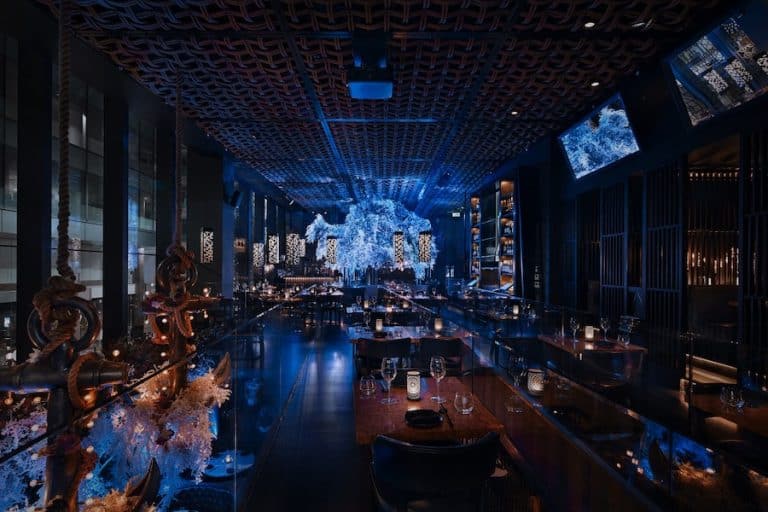
Step into another world this winter with Tattu’s incredible culinary creations

Community unites in heartfelt support for late footballer’s family
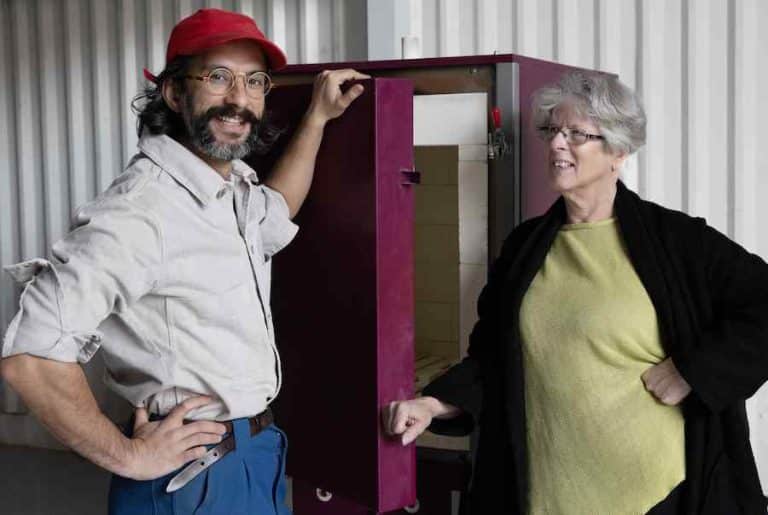
Rooted in family, grown in the community – the family business inspiring potters for 25 years

Meet the pear, tomato and banana who are changing the way we fight hate crimes in Manchester
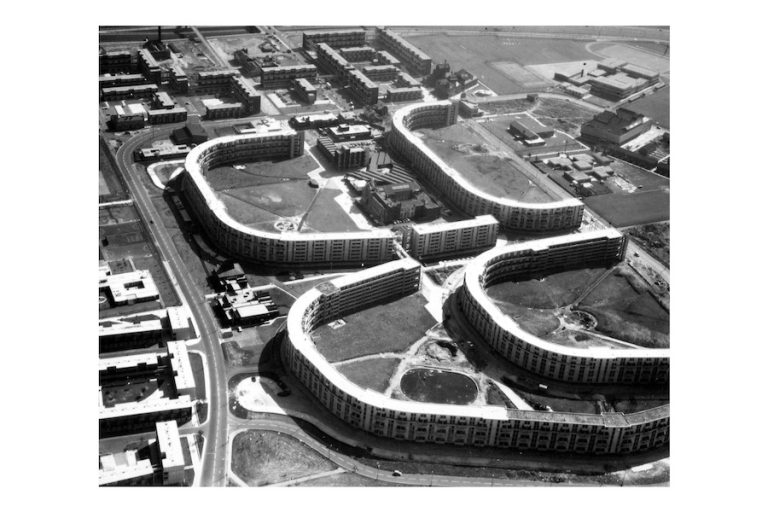
The failed utopian housing project that became a bohemian counterculture ‘paradise’






